
A battle is an occurrence of combat in warfare between opposing military units of any number or size. A war usually consists of multiple battles. In general, a battle is a military engagement that is well defined in duration, area, and force commitment. An engagement with only limited commitment between the forces and without decisive results is sometimes called a skirmish.

Blitzkrieg is a word used to describe a surprise attack using a rapid, overwhelming force concentration that may consist of armored and motorized or mechanized infantry formations, together with close air support, that has the intent to break through the opponent's lines of defense, then dislocate the defenders, unbalance the enemy by making it difficult to respond to the continuously changing front, and defeat them in a decisive Vernichtungsschlacht: a battle of annihilation.

A siege is a military blockade of a city, or fortress, with the intent of conquering by attrition, or a well-prepared assault. This derives from Latin: sedere, lit. 'to sit'. Siege warfare is a form of constant, low-intensity conflict characterized by one party holding a strong, static, defensive position. Consequently, an opportunity for negotiation between combatants is common, as proximity and fluctuating advantage can encourage diplomacy. The art of conducting and resisting sieges is called siege warfare, siegecraft, or poliorcetics.
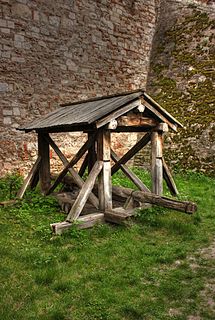
A battering ram is a siege engine that originated in ancient times and was designed to break open the masonry walls of fortifications or splinter their wooden gates. In its simplest form, a battering ram is just a large, heavy log carried by several people and propelled with force against an obstacle; the ram would be sufficient to damage the target if the log were massive enough and/or it were moved quickly enough. Later rams encased the log in an arrow-proof, fire-resistant canopy mounted on wheels. Inside the canopy, the log was swung from suspensory chains or ropes.
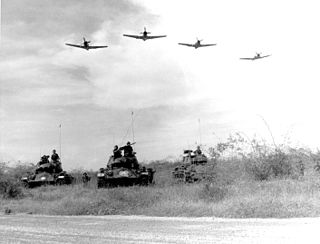
Combined arms is an approach to warfare that seeks to integrate different combat arms of a military to achieve mutually complementary effects. According to the strategist William S. Lind, combined arms can be distinguished from the concept of "supporting arms" as follows:
Combined arms hits the enemy with two or more arms simultaneously in such a manner that the actions he must take to defend himself from one make him more vulnerable to another. In contrast, supporting arms is hitting the enemy with two or more arms in sequence, or if simultaneously, then in such combination that the actions the enemy must take to defend himself from one also defends himself from the other(s).
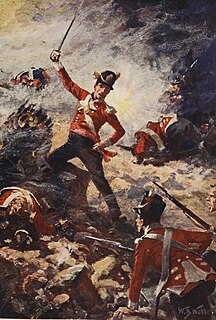
A forlorn hope is a band of soldiers or other combatants chosen to take the vanguard in a military operation, such as a suicidal assault through the kill zone of a defended position, or the first men to climb a scaling ladder against a defended fortification, where the risk of casualties is high.
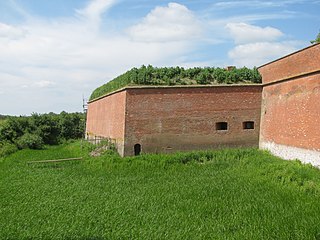
A sally port is a secure, controlled entry way to an enclosure, e.g., a fortification or prison. The entrance is usually protected by some means, such as a fixed wall on the outside, parallel to the door, which must be circumvented to enter and prevents direct enemy fire from a distance. It may include two sets of doors that can be barred independently to further delay enemy penetration.
In military science, force multiplication or a force multiplier is a factor or a combination of factors that gives personnel or weapons the ability to accomplish greater feats than without it. The expected size increase required to have the same effectiveness without that advantage is the multiplication factor. For example, if a technology like GPS enables a force to accomplish the same results as a force five times as large without GPS, then the multiplier is five. Such estimates are used to justify the investment for force multipliers.

Tunnel warfare involves war being conducted in tunnels and other underground cavities. It often includes the construction of underground facilities in order to attack or defend, and the use of existing natural caves and artificial underground facilities for military purposes. Tunnels can be used to undermine fortifications and slip into enemy territory for a surprise attack, while it can strengthen a defense by creating the possibility of ambush, counterattack and the ability to transfer troops from one portion of the battleground to another unseen and protected. Also, tunnels can serve as shelter from enemy attack.

The siege of Bergen op Zoom was a siege that took place during the Eighty Years' War and the Anglo–Spanish War between September 23 - November 13, 1588. The siege was between a besieged Anglo-Dutch force under Thomas Morgan and Peregrine Bertie and a Spanish besieging force under famed commander Alexander Farnese, the Duke of Parma. An English officer Grimstone claimed to be a disaffected Catholic, had set up a trap during which a large Spanish assault was then bloodily repulsed. An Anglo-Dutch relief column under the command Maurice of Orange soon after arrived and forced the Duke of Parma to retreat, thus ending the siege.
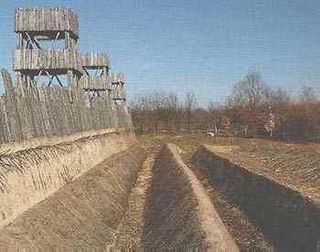
Investment is the military process of surrounding an enemy fort with armed forces to prevent entry or escape. It serves both to cut communications with the outside world and to prevent supplies and reinforcements from being introduced.

Sapping is a term used in siege operations to describe the digging of a covered trench to approach a besieged place without danger from the enemy's fire. The purpose of the sap is usually to advance a besieging army's position towards an attacked fortification. It is excavated by specialised military units, whose members are often called sappers.
The Battle of Tecroghan also called of Ticroghan, was a minor battle of the Cromwellian conquest of Ireland that was fought on 19 June 1650 outside Tecroghan Fort in County Meath, Ireland. The fort was besieged by the Parliamentarians. A force of the Irish Royalist Alliance commanded by the Earl of Castlehaven attempted to relieve the siege. Although a part of the allied force broke through to the fort with some supplies, the siege continued and the garrison surrendered six days later.
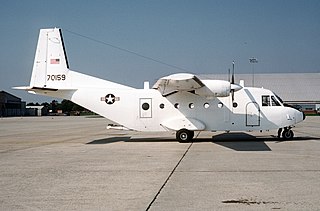
The 427th Special Operations Squadron is a specialized, covert unit of the United States Air Force. After reporter Andreas Parsch filed a Freedom of Information Act request, the Air Force told him the unit "support[s] training requirements ... for infiltration and exfiltration." That is, it prepares troops for secretly slipping into and out of dangerous territory. The squadron is not listed by the Air Force Historical Research Agency. It is reported by the press to be stationed at Pope Field, North Carolina.

The Siege of Arcot took place at Arcot, India between forces of the British East India Company led by Robert Clive allied with Muhammad Ali Khan Wallajah and forces of Nawab of the Carnatic, Chanda Sahib, allied with the French East India Company. It was part of the Second Carnatic War.
Code words used by the Royal Air Force during the Second World War:

The siege of Fort Crozon or the siege of El Leon was a land and sea engagement that took place late in the French wars of religion and the Anglo-Spanish War (1585–1604). The siege was fought between 1 October and 19 November 1594 and was conducted by English and French troops against a Spanish fort constructed on the Crozon Peninsula near Brest. After a number of assaults were repelled, a Spanish relief force under Juan del Águila attempted to relieve the garrison, but it was delayed by French cavalry and could not reach the garrison in time.
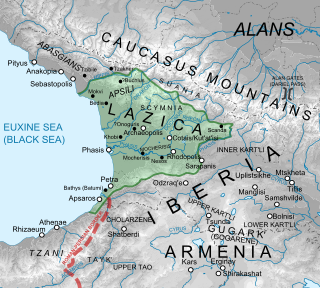
The siege of Phasis took place in 555–556 during the Lazic War between the Byzantine and Sasanian Empires. Expecting an easy victory, the Persians besieged the town of Phasis in Lazica, held by the Byzantines, but were defeated in the ensuing irregular battle. The main source for the siege is the 6th-century historian Agathias.
Mikhail Polikarpovich Karpeyev was an officer of the Soviet military who held a number of posts in the Soviet Air Forces, reaching the rank of colonel, and being awarded the title of Hero of the Soviet Union.














